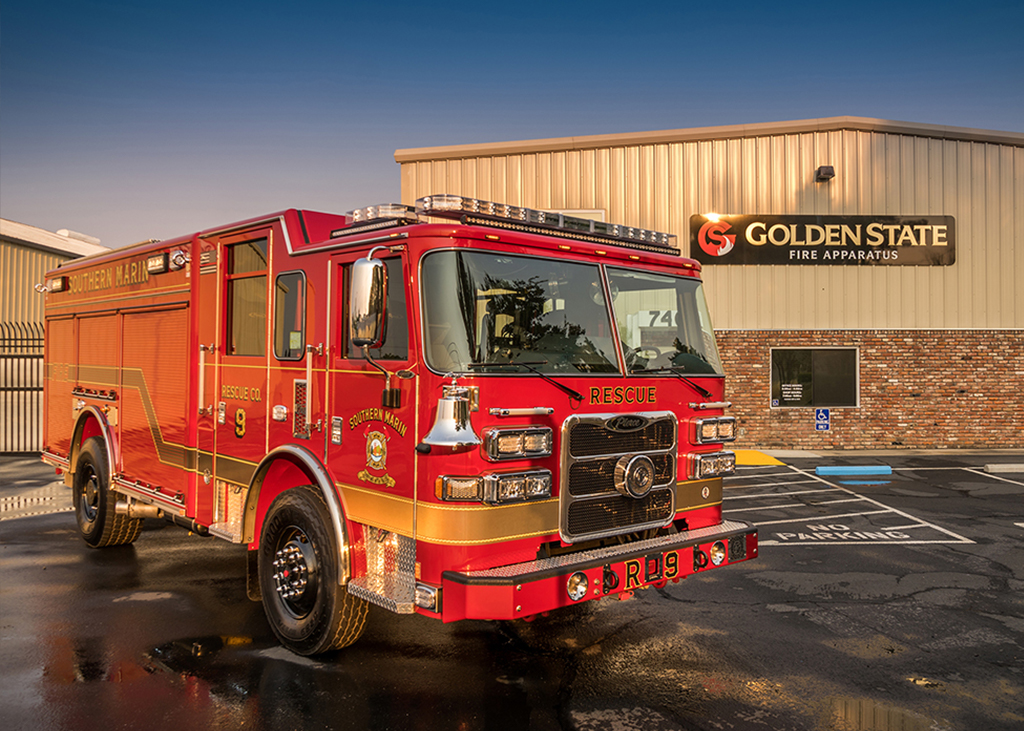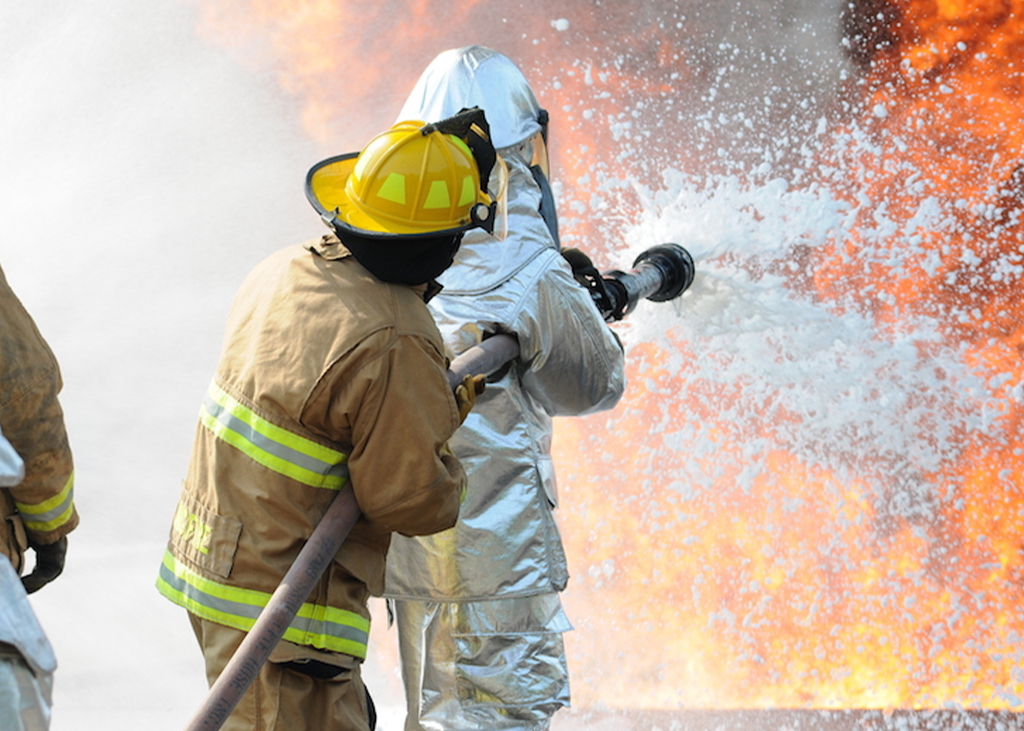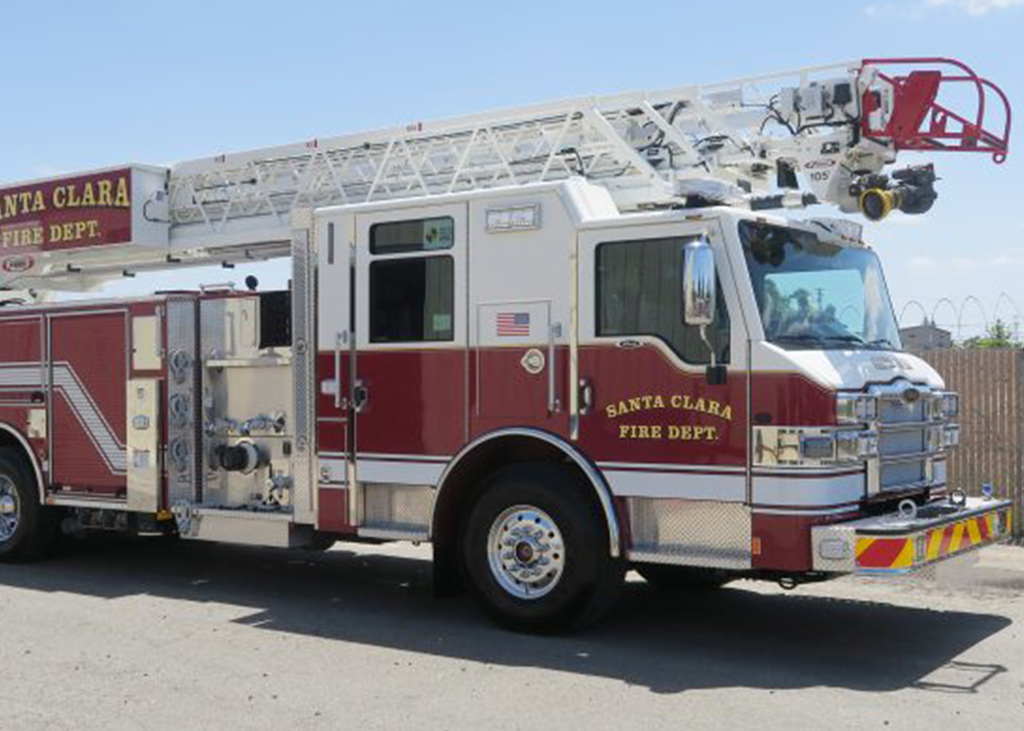Golden State’s modifications add value to vehicles

Customizing a fire truck is more common than many people might think. Roughly half the emergency vehicles sold each month by Golden State Fire Apparatus have had modifications made at the company’s 35,000-square-foot shop in Sacramento. “There are lots of things we do here after the rig is delivered,” said Jason Dinkel, GSFA’s operations manager. […]
Husky Foam System: Checking fluids, filters important

Foam can be a powerful weapon fighting a fire. Whether Class A, Class B or emulsifier – and their very different applications – the Husky Foam System provides important suppression capabilities. Class A foam is the most common type used by agencies to combat Class A fires. It attracts carbon by being absorbed into solid […]
Preventive maintenance critical to keeping aerial apparatus in top condition

Pieces of aerial fire apparatus are major investments. We understand that. The last thing anyone wants is to have equipment unavailable when lives and communities are at risk. That’s why Golden State Fire Apparatus, in tandem with our partners at Pierce Manufacturing, strongly urges our customers to follow a regular preventive maintenance schedule for their […]